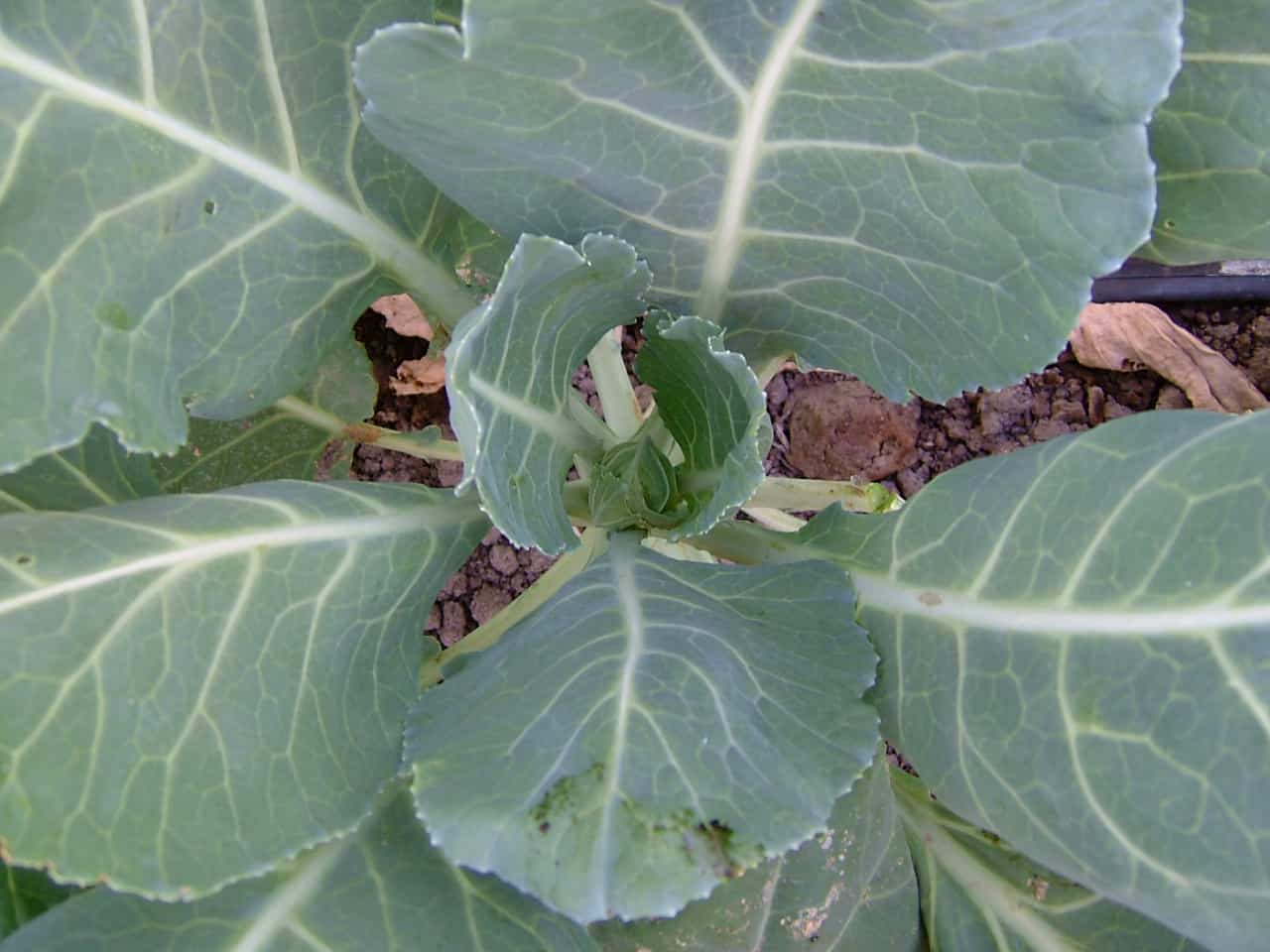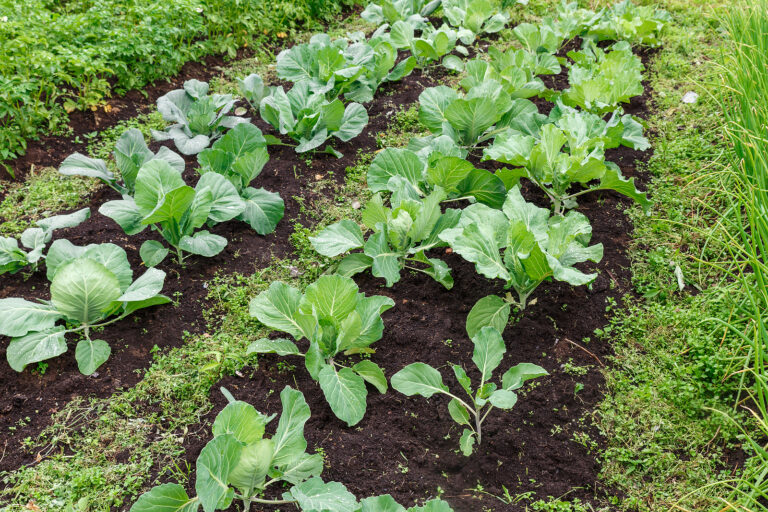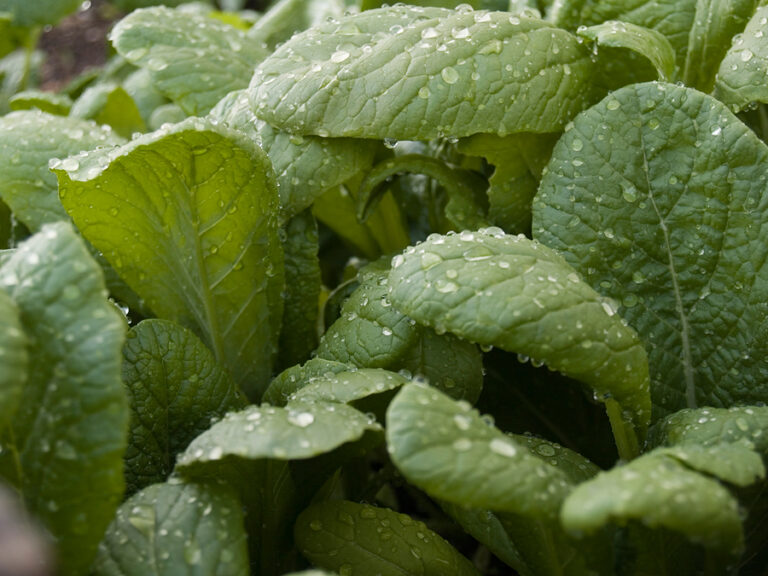How to Harvest and Store Collard Greens
Collard leaves are ready for harvest as soon as they reach usable size. They will be most tasty when picked young–less than 10 inches long and dark green. Older leaves will be tough and stringy.
Collard greens are ready for harvest 75 to 85 days from transplants, and 85 to 95 days from seed.
Related article:

When to harvest collards
- Collard leaves are most flavorful in cool weather. Leaves will be sweeter if harvested after frost; cool temperatures cause carbohydrates in the leaves to turn to sugar.
- In mild-winter regions, collards will produce new leaves nearly all winter. In hard freeze regions, protect collards from temperatures in the low 20°sF—use row covers, plastic tunnels, or cold frames.
- When temperatures in the teens are predicted, cover collard plants to keep the leaves from freezing. Still, frozen leaves can be cooked.
- Overwintered collards will bolt and produce flowers in the spring; then plants should be removed and replaced.
- Collards planted in the spring and grown into the summer will be bitter if hit by a summer heatwave. But new leaves generated in the fall when temperatures become cool again will be tasty. The roots of summer-grown collards should be generously mulched and watered for the best flavor.
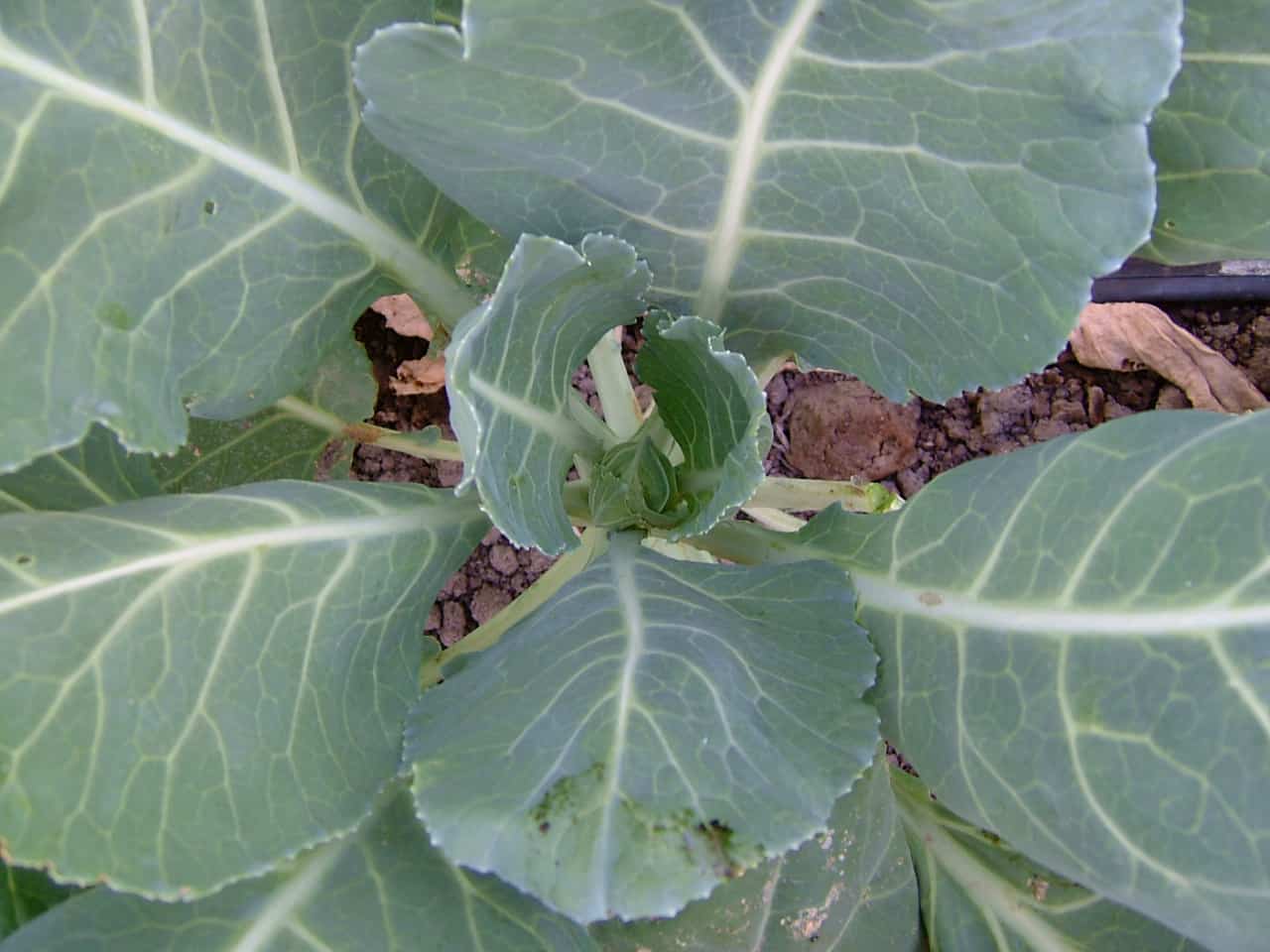
How to harvest collards
- Harvest leaves from low on the stem first and then work your way up the stalk. Pick leaves from the outside of the plant and work inward. Be careful not to damage the stem where new leaves emerge.
- Leaves will come away from the stem with a sharp downward pull. You can also use a sharp knife.
- Leave at least four leaves at the top of the plant (the growing crown); that will allow the plant to grow new leaves for future harvest.
- Regular harvest and even watering will keep the plant producing new tender leaves.
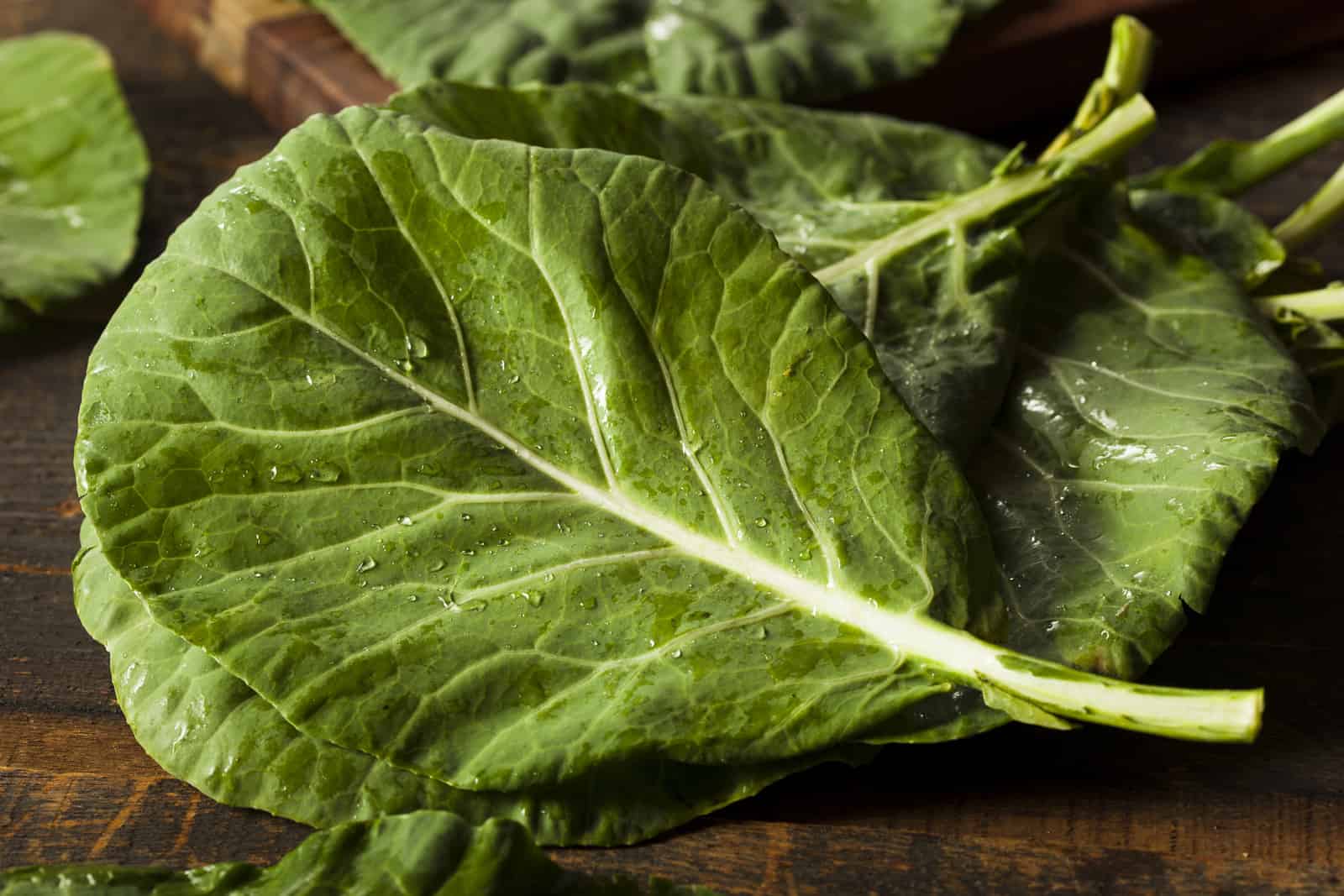
How to store collards
- After harvesting collard greens, wash the leaves thoroughly to remove any soil that may be clinging to the bottom of the leaves.
- Store collard leaves for several days to a week in the refrigerator. Place leaves in a perforated plastic bag wrapped in a damp paper towel in the vegetable crisper of the refrigerator to keep leaves moist and to avoid drying.
- Collard greens will store for two to three weeks at 32° to 34°F and 90 to 95 percent humidity (moist) with some air circulation.
- You can harvest the collard plant whole and keep the leaves fresh indoors for a few weeks by setting the roots in moist soil or sand.
- If you cook collard greens whole, stems will become tender.
Collards articles on Harvest to Table:
How to Plant and Grow Collards
How to Harvest and Store Collards
Garden Planning Books at Amazon:
- Vegetable Garden Almanac & Planner
- Kitchen Garden Grower’s Guide Vegetable Encyclopedia
- Vegetable Garden Grower’s Guide
- Tomato Grower’s Answer Book
More harvest tips:
Learn when and how to harvest your favorite vegetables for the best flavor and texture. Get storage tips for each crop. Click on the vegetable you are growing below.
- Artichoke
- Arugula
- Asparagus
- Beans
- Beets
- Broccoli
- Brussels Sprouts
- Cabbage
- Cantaloupe — Melons
- Carrots
- Cauliflower
- Celery
- Chard
- Collards
- Corn, Sweet
- Cucumbers
- Eggplant
- Endive and Escarole
- Garlic
- Jerusalem Artichoke
- Kale
- Kohlrabi
- Leeks
- Lettuce
- Melons
- Okra
- Onions
- Parsnips
- Peas
- Peppers
- Potatoes
- Pumpkins
- Radicchio
- Rhubarb
- Rutabaga
- Spinach
- Squash, Summer
- Squash, Winter
- Sunchokes
- Sweet Potato
- Swiss Chard
- Tomatillo
- Tomatoes
- Turnips
- Watermelon

